|
The Very Highest Quality Diamond Information...
|
|
Diamonds - The 4 C's - Cut |   |
|
Diamonds Index
|
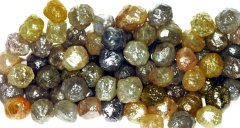
|
|
Uncut Diamonds
|
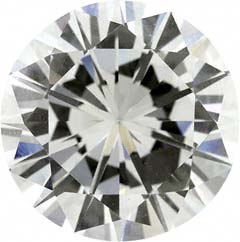
|
|
Round Brilliant Cut Diamond
|
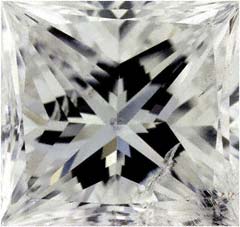
|
|
Princess Cut Diamond
|

|
|
Pear Shaped Diamond
|
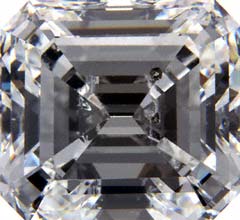
|
|
Radiant Cut Diamond
|
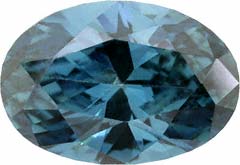
|
|
Oval Diamond
|
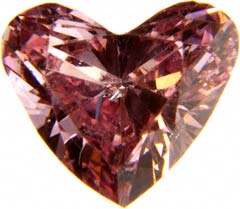
|
|
Heart Shaped Diamond
|
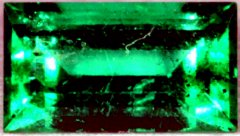
|
|
Oblong or Baguette Cut Emerald
|
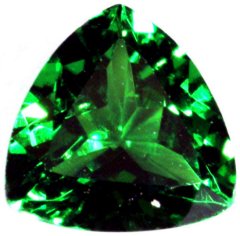
|
|
Trilliant Cut Tsavolite
|
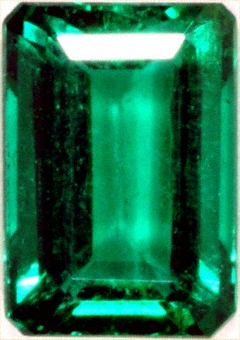
|
|
Octagonal or Emerald Cut Emerald
|
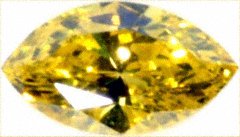
|
|
Navette or Marquise Cut Diamond
|
Cut
Cut - a short word with a lot of meaning.
Not all jewellers know what they mean when they talk about "cut" or that the word can be used quite ambiguously to mean at least two different things.
Cut can be use to mean:-
Shape
Shape would be a more accurate word rather than "cut" when we are talking about whether a diamond is round, square, oblong, or whatever. Some round shapes may have different arrangements or numbers of facets.
- Round
The most popular "shape" of diamond remains the round shape, for very sound reasons. Round shaped diamonds come in several varieties:-
- Modern Brilliant Cut
Often known as the brilliant, round, round brilliant, or "brill.". Has 58 facets, including the table and culet.
- Eight Cut or Single Cut
Often used for very small diamonds, under 1 or 2 "points". These only have eight facets on the crown, eight on the pavilion, plus the table and culet, making 18 in total.
- Old Cut or Early Modern Brilliant
An older, less precisely cut version of the modern brilliant cut.
- Swiss Cut
Halfway between a brilliant and an eight cut, with 34 facets in total.
- Rose Cut
Most rose cut diamonds are round, but some may look triangular, or have straight edges. Rose cuts look like diamonds which have been cut upside-down, they rise to a point at the top, and are often flat at the base.
- Chips or Chippings
Chips should only be used to refer to deep fried potato fingers, french fries or pommes frites. To the French, chips mean potato crisps. Any jeweller who refers to chips or chippings meaning small diamonds is not a jeweller. Technically, we suppose that broken pieces of unpolished diamond could be set into jewellery, but we have yet to see it. Only refer to diamonds as chips if you don't mind folk realising that you don't know your crown from your culet!
- Square
The square shaped diamond is really only a special case of the oblong shape. -
Oblong or Baguette
Most oblong or rectangular diamonds are "step" cut, which means that their facets have been cut in steps, parallel to the edges, in the manner of a pyramid with its top chopped off. Long thin oblongs are often known as baguettes. Tapered baguettes also exist.
-
Emerald or Octagon
This is another "step" cut, but with the four corners mitred. This is done largely to protect the stone, as any sharp points are vulnerable to getting chipped.
-
Oval
Most oval diamonds are like a squashed round brilliant. Because their depth to diameter ratio varies, they can never be a "perfect" proportion, and therefore lose some brilliance when compared with a round diamond. Actually most "round" diamonds are very slightly off-round.
-
Marquise
Marquise or navette shape is like a long oval which has been stretched out to a point at each end. Similar comments apply as to the oval.
-
Triangle
Not a popular shape. It is normally a variation of the square cut, in that its facets are step cut, but some triangle shapes are a modification of the round brilliant cut.
-
Pear
One half oval, and the other half marquise. -
Heart
Pear shape with a notch cut into the top.
-
Princess
A relatively new shape, oblong, usually square or almost square, but with a modified brilliant cut arrangement of facets instead of a step cut. This produces a much more brilliant and sparkly diamond than a traditional step cut square or oblong. It is not as successful for baguette shapes (long and thin).
-
Radiant
This is a hybrid cut, a cross between a princess cut and an emerald cut. It combines the best features of the round brilliant cut, the square shape of the princess or square baguette cut, and the cut corners of the emerald cut. Like the princess cut, it is normally used for near-square stones rather than oblong ones.
-
Kite or Diamond Shape
A fancy shape which resembles a kite, or the sectional profile of a diamond viewed from the side.
Proportion and Polish
"Rough" diamonds, as they are mined or found, do actually look very rough, and need to be enhanced by shaping them using various methods, the process often known as cutting or polishing.
In practise, there are many different parts to creating a finished, ready-to-set, diamond from a piece of "rough".
Cleaving is literally to cleave or part a stone along natural grain boundaries, in the way one might chop a piece of wood along its grain, but not across the grain.
Sawing or cutting is performed across the grain of a stone, and is done using a thin toothless circular saw blade which is impregnated with diamond dust. It is the diamond grit or dust which performs the cutting action.
Polishing involves grinding surplus diamond away to leave the facets. Most of the work done, and weight removed from a rough diamond is done in this way.
Bruting involves rubbing the rough diamond against another by rotating it, to make the circular shape of the finished stone. This is performed before the grinding operation.
Polish can be used to mean the actual quality of the polish which has been achieved on each of the facets.
Proportion also has multiple meanings.
The most important proportion and the easiest to ascertain is the ratio between the depth of the stone and its diameter. Ideally this should be about 58.5%, but a few percent either side of this is perfectly acceptable.
The ratio between the height of the crown and that of the pavilion is also important. The length of the pavillion facets, the size and shape of the various crown facets, the size of the table and the culet all contribute to the overall perfection or quality of the "cut."
Why Proportion Matters
Well proportioned stones reflect more light, and therefore often appear whiter and brighter than poorly proportioned stones. This can make a well cut diamond look 2 or 3 colour grades better than it actually is. Similarly, diamonds in perfect proportion may also look better than other diamonds of higher clarity, but which are not as well cut.
Diamonds which "spread" more than their weight often appeal to the less informed who believe, naively, that they are getting something for nothing. A spread stone will lack brilliance and sparkle compared with a perfectly proportioned stone. (By spread, we mean that the diameter is too great in relation to the depth of the stone, which is the same as saying that the diamond is too shallow.)
The Dealer's Cut
This often has more bearing on the price than any other meaning of "cut", and sometimes more effect than all the other 3 C's put together!
Diamond 4C's Tour - Next Stop - Colour
|
...at the Lowest Possible Price |
32 - 36 Harrowside, Blackpool, Lancashire, FY4 1RJ, England.
Telephone (44) - (0) 1253 - 343081 ; Fax 408058; E-mail:
The URL for our main page is: https://24carat.co.uk
| Chard(1964) Ltd |










